As it’s Memorial Day in the United States, it seems the right time to describe our visit to one special cathedral in England.
When we went to Winchester last week to meet with Christopher Wallace, the historian of the Green Jackets Museum,(about which more in another post), he suggested at the end of our time with him that we go down to Winchester Cathedral to see my Uncle Ian’s name in the honor roll. Ian Barnard Hankey, a 2nd Lieutenant in the Kings Royal Rifle Corps, was killed at the age of 20 in the battle of Alam El Halfa in late August of 1942. We’d already seen his name in two places on the wall of his prep school in Yorkshire, but as Christopher explained, Winchester Cathedral is the home church
 for the K.R.R.C. (also known as the 60th Rifles and the Royal Green Jackets)
for the K.R.R.C. (also known as the 60th Rifles and the Royal Green Jackets)
and so the honor roll is kept in a special locked box. “You will have to see the verger to get him to open the box. He’s often busy, so be insistent,” Christopher suggested.
The verger anticipated my request as soon as he heard my voice. “You’ve come from America to see someone’s name in the honor roll.” I nodded. He led us to this box
took out a special key and opened it.
Inside, there is an implement, much like an ivory letter opener, that is used to turn the pages. “We’ll have to hunt through,” he warned. “It can take a while.”
Honestly, although he was amazed, I was not when the first page he opened revealed Uncle Ian’s name. This personal pilgrimage I had taken to trace my mother’s life in England has been filled with moments like these.
The entry is simple: I.B.Hankey, 1942.
“This is a special page,” the verger pointed out. “Only 25 names. Because there were so few Green Jacket officers of that rank killed in the Second World War, your uncle’s page is decorated with the Regiment’s emblem and motto. Celer et Audax.”
Swift and Bold.
All I could think in that moment was not swift enough.
After a long silent moment, the verger closed the glass case again, leaving Uncle Ian’s page open. I thanked him and settled into one of the wooden chairs to contemplate the space.
Human beings, when they set their minds to it, can create remarkably beautiful edifices.
It makes the insanity of war seem even more unbearable. My uncle’s life was cut off at twenty. I often wonder what he was like, who he might have been, what he would have thought of me, his niece, born six years after he died.
I took some comfort from the discovery that one of my favorite writers is buried in the same Cathedral directly across the Nave from Ian’s locked box.
Everywhere you go in England, the war dead are memorialized on the walls of the churches. Here are just four of the plaques from one corner of one wall of Trinity Church
on Sloane Street in London.
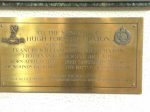 In this blog post I received today from J. A. Moad II, a former Air Force C-130 pilot and fiction editor for the War, Literature & the Arts Journal, he writes: “It’s as if these hard truths have been boxed up and buried along with the dead, locked deep inside the heart of Veterans, or woven into the fabric of some infinite war memorial and contained there to be viewed from a safe distance and then forgotten.” Moad has started a project to help veterans tell their stories so those experiences are not forever boxed up inside them. Last week, because of his hard work, the Minnesota Legislature passed a bill designating October as Veterans’ Voices Month.
In this blog post I received today from J. A. Moad II, a former Air Force C-130 pilot and fiction editor for the War, Literature & the Arts Journal, he writes: “It’s as if these hard truths have been boxed up and buried along with the dead, locked deep inside the heart of Veterans, or woven into the fabric of some infinite war memorial and contained there to be viewed from a safe distance and then forgotten.” Moad has started a project to help veterans tell their stories so those experiences are not forever boxed up inside them. Last week, because of his hard work, the Minnesota Legislature passed a bill designating October as Veterans’ Voices Month.
Uncle Ian is not here to tell his story which must be why I keep trying to do it for him.
Next entry

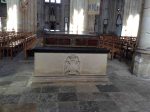


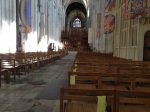

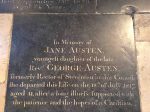

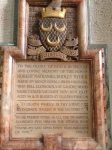

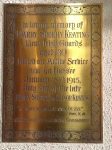
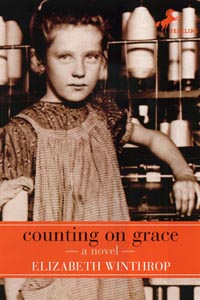
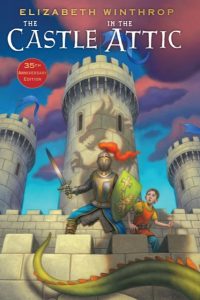

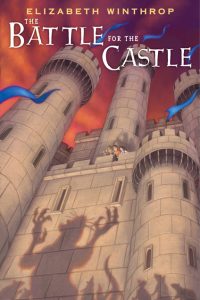
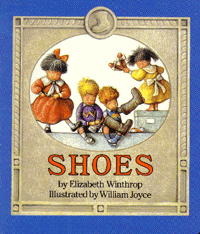
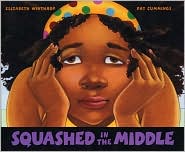

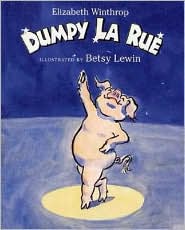


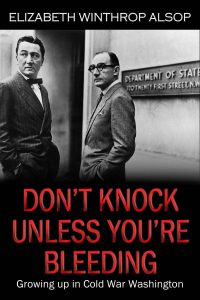

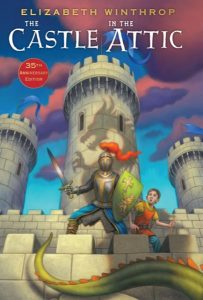

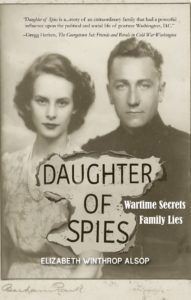
Thanks for this. When I read “Swift and Bold” I thought of your uncle’s lifespan being swift…and bold. He fought in a just war, but so many of those plaques were probably unnecessary.
I went to El Alamein in Eqypt, and saw among the white crosses & occasional Stars of David on the limestone desert an inscription which read: To the world he was a soldier. To me he was the world.
Ellen, what a touching message. Thank you. Elizabeth
Elizabeth,
This is a very moving account, and a testament to the uselessness and evil of war. To lose life at 20 – and for what? Thank you for this, and for the marvelous pictures. What an amazing journey.
With fondness,
Nancy
So poignant and full of foreboding about the full extent of the war story should it ever truly be told. It’s lovely, though, to see your photographs of where you sat down after this particular encounter, to think it over. Quite a powerful intervention for such a small compass as a blog post.
Elizabeth:
You must.
Thank you for that, and for 2nd. Lt. Hankey. He fought in the same sands my father, Flt.Lt. Christos Halkias, flew over in his Spritfire.
These were just boys, but brave men.
Fondly,
Telly